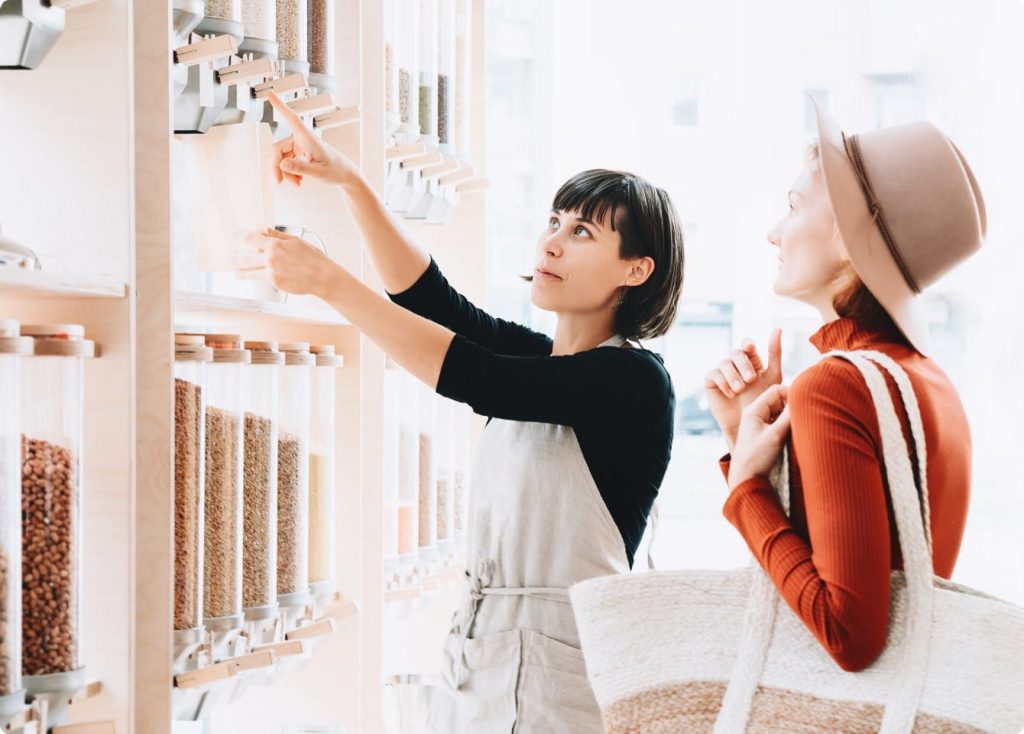Sara Malmstrom – Owner/General Manager, Sage Bistro
Don’t be afraid to try!
Tell me a little bit about your background personally and professionally.
I am a retired graduate school dean who had no aspirations to own a business, let alone a restaurant. I worked in the field of education my entire professional life, the last 23 in higher education.
How did you get into hospitality?
I bought a restaurant to give my son, who graduated from a culinary program I had a hand in starting at Keiser University’s Melbourne campus, an opportunity to be an executive chef. Jordan had been a sous chef for two executive chefs with ownership interest in their restaurants. He had seven years in the field when I told him I was purchasing a restaurant that we could run together. He told me I was crazy and asked if I had any idea how hard it was to own a restaurant. I told him honestly that I didn’t!
How do women positively impact Florida’s hospitality industry?
There are a multitude of strong women restaurateurs, owners, GMs, chefs, and many, many hoteliers. The creative energy that women bring to the field is pretty awesome.
What qualities make a great female leader?
A female leader has to be smart, tough, and a good people person. A sense of humor and political savvy doesn’t hurt either. Men have a handle on networking and the ‘good old boy’ thing. Can we develop the ‘good old girl’ thing?!?
What does Women’s History Month mean to you?
Women’s History Month is an opportunity to showcase what women have accomplished and cement role models for the younger generation.
Is there a woman from history who you admire? Why?
My grandmother, Ruth LeMaster. She earned a master’s degree from University of Oregon while raising two young children. That was at a time when women didn’t go to college, let alone earn graduate degrees.
Why is it important for more women to be recognized in leadership roles?
Women need to be recognized in leadership roles to create role models for girls and to narrow the gender gap, especially in pay. The glass ceiling is real. We need to celebrate those who have cracked it so others will be able to do so even more.
What piece of advice would you give to women coming up in hospitality?
Don’t be afraid to try. It takes long hours and mental toughness, but if you aren’t afraid of hard work and risk, and if you believe in yourself, you can go far.
What professional, personal, or community service driven accomplishments are you proud of?
I am proud of creating, with my son, a successful restaurant and surviving through the crazy pandemic. I am also proud of my career in higher education and the many degree programs I was able to start and get through the accreditation process, most with perfect accreditation records. To name a few, I was responsible for starting a Master of Science in Physician Assistant, a Master of Nursing Practice, a PhD in Education, an MBA, a DBA, oh, and an AS in Culinary Arts!









